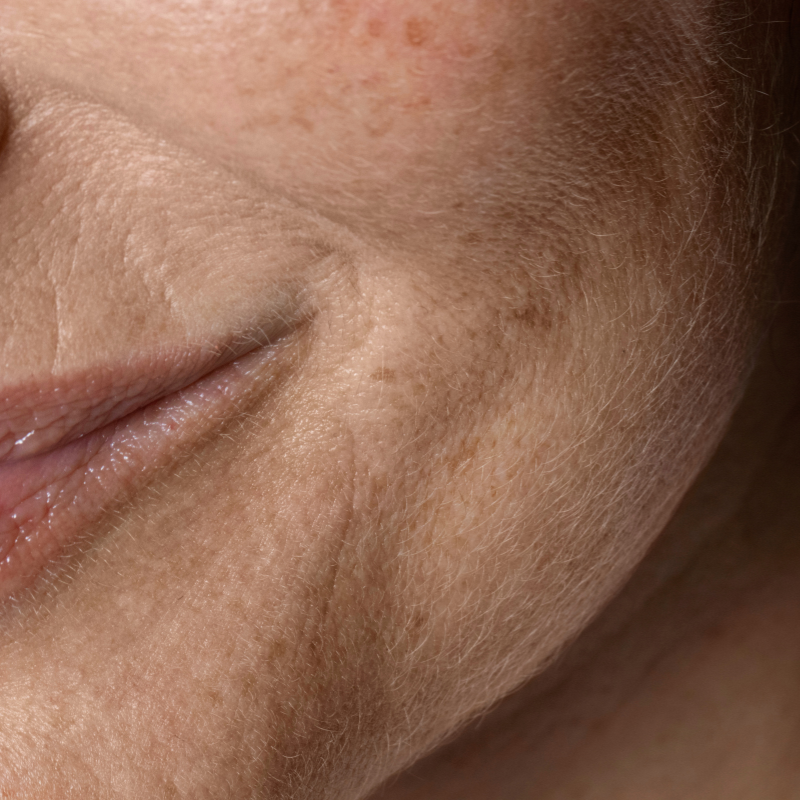One of the main goals of the cosmetics industry worldwide is to develop effective solutions for skin pigmentation problems. Pigmentation changes can vary in appearance and severity depending on age. They also show variations depending on ethnicity, social status and cultural affiliation. When environmental factors such as ultraviolet radiation or pollution, as well as other aspects (e.g. skin bleaching or lightening treatments) are taken into account, skin tone becomes a complex issue for both cosmetics professionals and researchers.
In vitro skin pigmentation analysis
The color of human skin depends on the amount of melanin produced and its distribution in the epidermis and hair follicles. Pigmentation is strictly regulated as part of melanogenesis, a complex biological process influenced by a number of factors. These include both internal factors, such as stress or hormonal changes, and external factors, including ultraviolet radiation, visible light and environmental pollution. Melanin synthesis (melanogenesis) is an enzymatic process in which the key catalysts are: tyrosinase (tyrosinase-related protein 1 (TYRP1)) and dopachrome tautomerase (DCT). These enzymes enable the conversion of tyrosine into melanin in melanocytes, or more precisely in melanosomes.
Read more: click here





